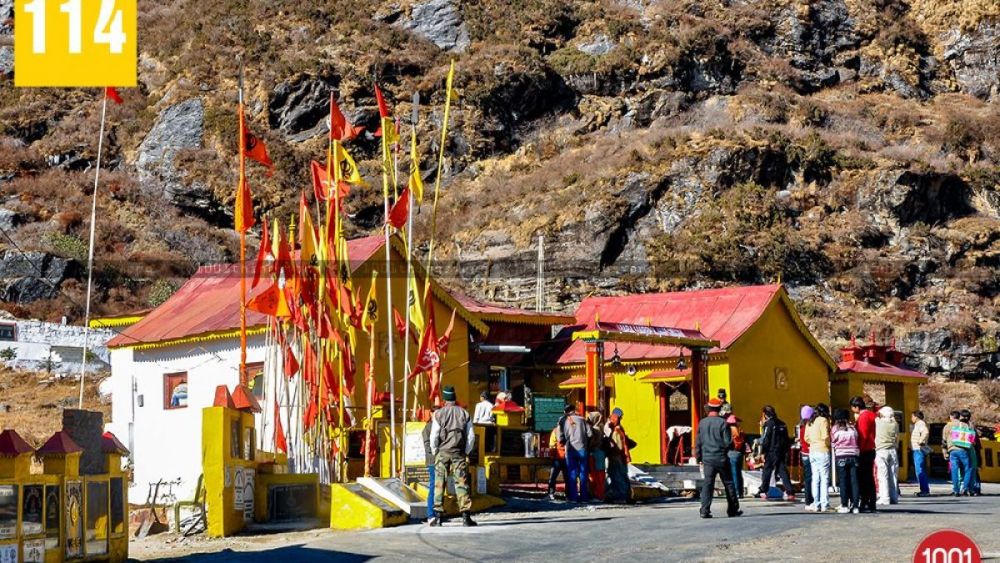

The unique shrine dedicated to Baba Harbhajan Singh, an Indian army soldier, is a rare and fascinating example of a folk hero's influence on regional tourism. Located between Nathula and the Jelepla Pass at an altitude of around 13,123 feet and about 52 km from Gangtok, the temple has become a beacon of faith and an intriguing tourist destination.
Baba Harbhajan Singh was born on August 30, 1946, in the Punjab state of India. He joined the Indian Army and was posted to the 23rd Punjab Regiment. In 1968, Harbhajan Singh met with an accident and drowned in a glacier while trying to lead a column of mules carrying supplies to a remote outpost. The story of his heroism starts after his death — it is believed, according to the folklore, he himself helped the search party to find his body. Afterward, he reportedly appeared in the dreams of his fellow soldiers, requesting that a shrine be built in his memory.
The shrine that was erected in his honor, Baba Mandir, holds an extraordinary place among the locals and the members of the Indian armed forces. It is said that Baba Harbhajan Singh's spirit protects the soldiers in the hostile terrains and the shrine is the medium for him to provide that watch over. The faith is so strong that Baba is treated as a living being, with a bed laid out and his uniform and boots maintained ready for him to slip into any time.
While the Baba Harbhajan Singh Temple primarily serves as a site of reverence, it has also become an essential part of the tourist circuit in Sikkim. Visitors are drawn by the legend, the scenic beauty of the location, and the mystique associated with the site. The temple is often included in travel itineraries along with the picturesque Tsomgo Lake and Nathula Pass. The area's natural beauty coupled with this poignant tale of soldierly loyalty propels its popularity.
Eco-tourism has been on the rise in Sikkim, with travelers seeking more sustainable and environment-friendly travel options. The state government promotes responsible travel practices and has placed a strong emphasis on preserving the natural and cultural heritage of Sikkim. Taking advantage of digitalization, the tourism sector in Sikkim and the rest of India has seen a boost through online promotions, virtual tours, and an increasing online presence for even remote attractions like the Baba Harbhajan Singh Temple. Experiential travel, a trend where visitors seek to immerse themselves in local cultures and experiences, has become more prevalent. This inclination has benefited Baba Harbhajan Singh's shrine too, as tourists look to understand the personal stories and beliefs that shape this unique pilgrimage site. Lastly, there has been a rise in border tourism, with more visitors wanting to explore the frontiers of the country. Given the temple's proximity to the international boundary with China, this trend has further contributed to an increase in the number of visitors to the temple.
The temple is accessible by road and is open to visitors throughout the year, though the region experiences heavy snowfall during the winter months, potentially impacting travel plans. The Indian Army facilitates and maintains the temple, ensuring a respectful and safe environment for visitors. As a sought-after destination in Sikkim, Baba Harbhajan Singh Temple continues to fascinate visitors with its blend of spirituality, patriotism, and natural splendor.